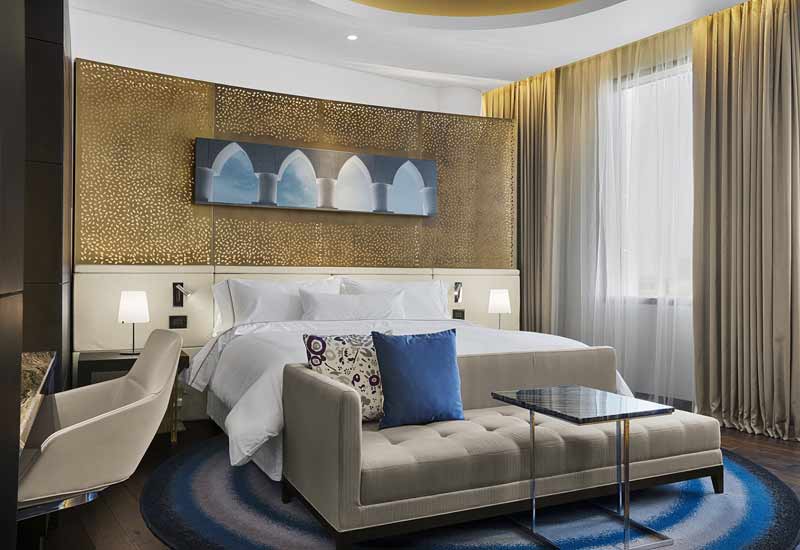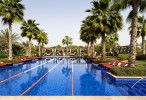 Consultants and spa design experts share their thoughts on new trends and developments in the hotel spa sector
Consultants and spa design experts share their thoughts on new trends and developments in the hotel spa sector
Q. How has the spa industry in the Middle East changed over the last few years?
Beverly: Over the past few years the spa industry has developed excessively, with the impact of skilled employees with international expertise. Hoteliers have realised that spa operations are no longer an accessory, and can generate handsome revenue for the hotel. Wellness and well-being has become important for the clients.
Soraya: With challenging economic times in the region, the spa industry, especially in hotels, is going down divergent paths. The first is where it provides multiple low cost, non-exclusive, non-quality brands to meet budget expectations in the hope of providing affordable choice to guests. Such an approach, however, does little to enrich the customer’s experience or build brand equity and underestimates the spa’s staff to connect with the guest. The other is to break-down the silos within the hotel and select brands that are used across the rooms, public areas and spa improving volumes and therefore cost, but most importantly generating profitable opportunities for retail that translates in interest across spa treatments from guests. The distributor plays an important role in bridging these silos and developing incentives that encourages the potential bounce-back between different hotel zones. More importantly, taking a ‘less is more approach’ and selecting brands with strong values and messaging such as wellness and sustainability can help develop the operators’ identity and promote loyalty. Opportunities for co-branding, for example, and customisation can be realistically explored with larger volumes. An alternative approach is selecting a quality spa brand with strong retail offerings and celebrity endorsements.
Omar: The market in the Middle East has matured greatly over the last few years. Customers are more knowledgeable and their expectations are increasing along with that. They expect spas to keep up with innovations and the latest solutions. In the past, spas in hotels were a complimentary feature that was an add-on. They have now become a necessity and a profit generating vertical within the hotel. This has led to hotels allocating more space for their spa operations. On the other hand, home spas have also became increasingly popular and in demand for everyday convenience.
Are refurbs important for older spas in the region; what would you recommend as the average lifespan of a spa?
Beverly: Yes, refurbishments are necessary for functionality and guest satisfaction. The spa’s image and reputation are important, like any business. The average life span of a spa operation is between five to seven years, depending on the quality of the hotel property and work executed.
Omar: The average lifespan of a spa would be five-10 years, depending on how the spa has been designed. Refurbishments are needed for two reasons: Firstly, the wear and tear of the treatment rooms and its facilities. Secondly, due to some offerings and equipment becoming obsolete. It is pivotal to keep up with innovations and new trends in the market.

| Advertisement |









 Search our database of more than 2,700 industry companies
Search our database of more than 2,700 industry companies









